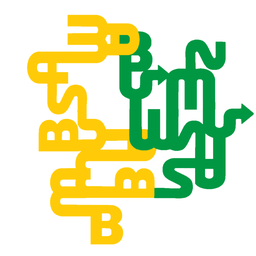I always figured BSD should lean into the daemon imagery with a full heavy-metal branding: a suite of wallpapers with decidedly less cuddly daemons, a succubus OS-tan character… make it the go-to Edgelord Desktop.
Then FreeBSD introduced that stupid sphere logo. No sense of branding. :P











Discussion: you can have an “extinction event” in any ecosystem-- not just biological ones.
For example, the abandonment of steam locomotives in the mid-20th-century, or the Home Computer crash of the 1980s.
Similar to a biological mass extinction, you have: